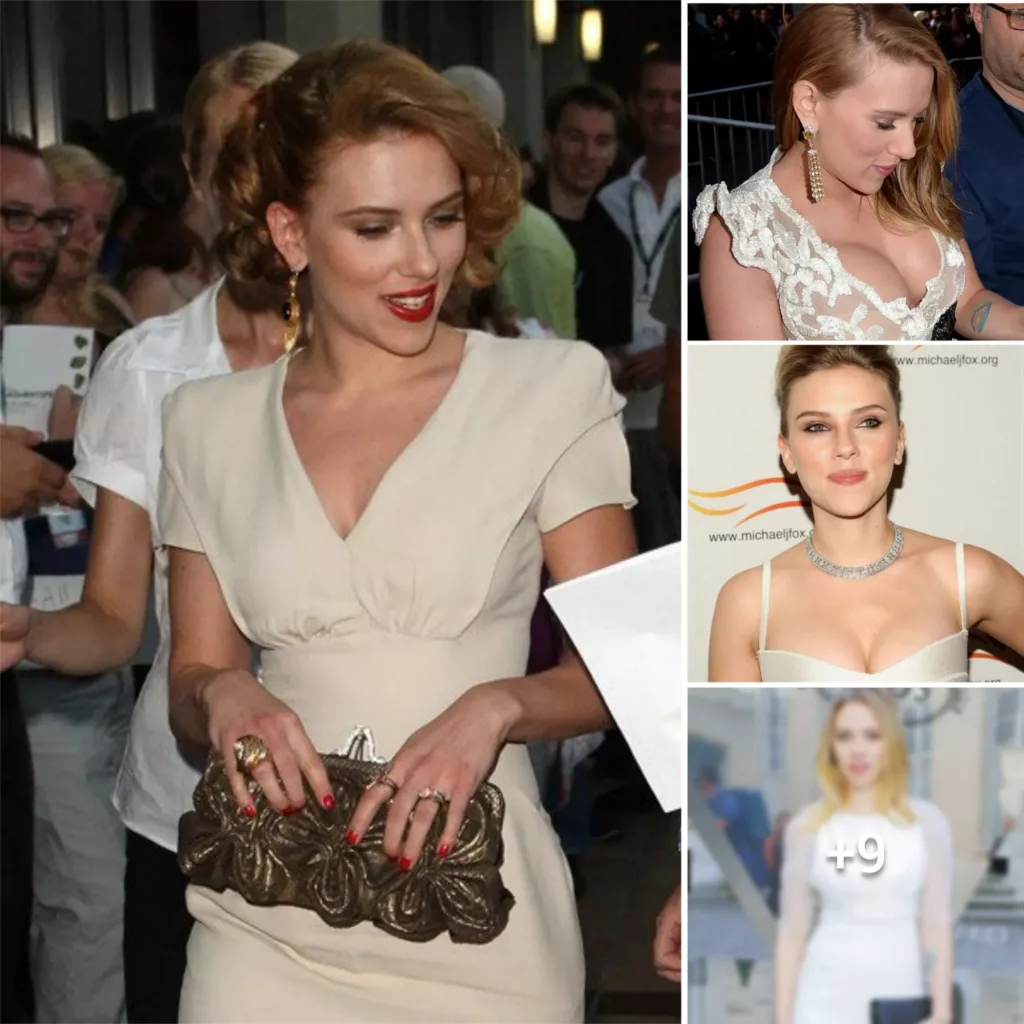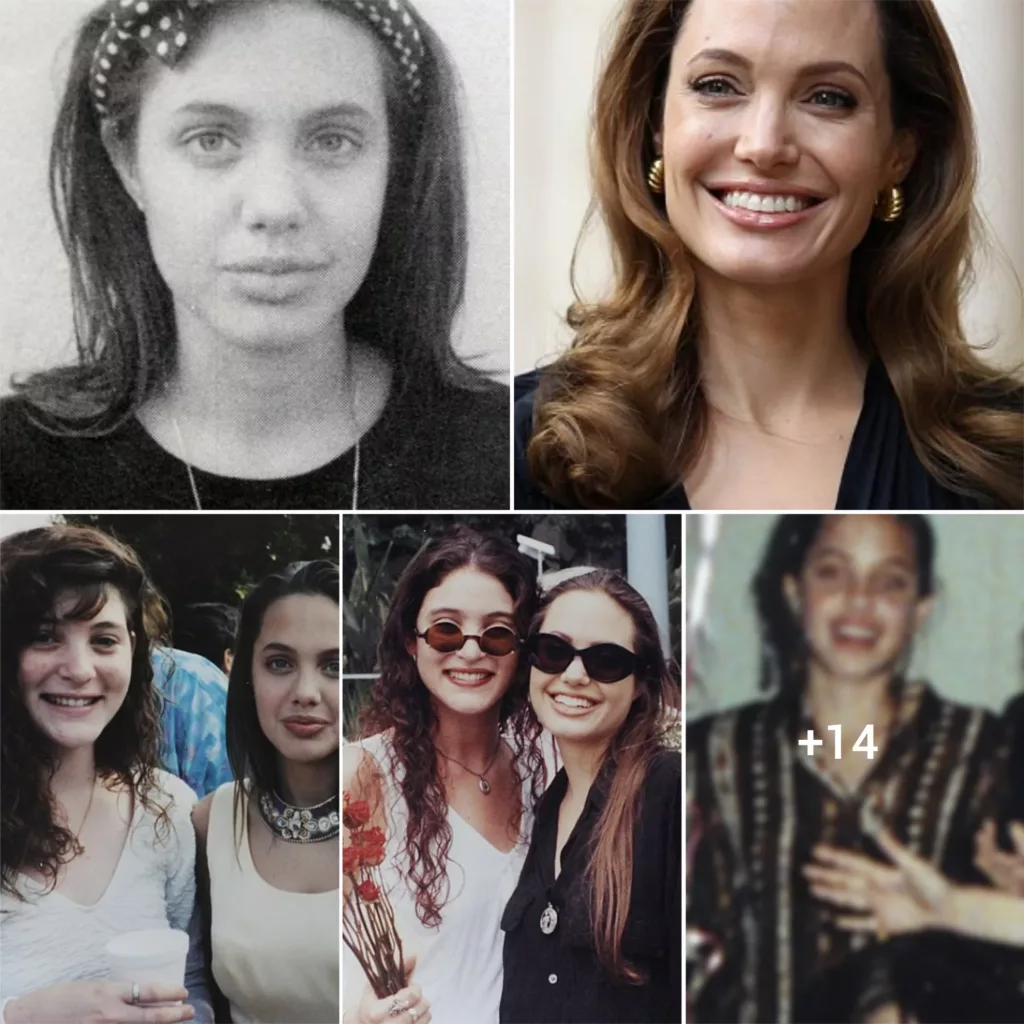Samantha Ellis explores the impact of Maleficent, the movie featuring Angelina Jolie as Sleeping Beauty’s villainous fairy, as it presents a fresh perspective on marginalized characters and their stories. By giving these characters a voice, traditional tales are elevated to a new level of power.

Do you remember watching Disney’s Sleeping Beauty as a child? Well, get ready to see your childhood fears come to life in Angelina Jolie’s new film, Maleficent. This movie retells the classic tale from the perspective of the infamous wicked fairy, and Jolie’s portrayal is beyond eerie. With prosthetics and styling that make her look even more otherworldly than before, she dons horns, jet-black robes, and razor-sharp cheekbones – the perfect embodiment of evil. She cackles and speaks with venomous intent, just like the animated character we all feared, only intensified. From what I’ve seen, Maleficent is shaping up to be a deliciously dark retelling of a classic tale.

The movie Maleficent has a rebellious feel to it, as it challenges our perspectives by flipping the roles of heroes and villains. This shift forces us to question what truly defines “good” and “bad”, while also making us rethink our loyalties. While Sleeping Beauty has always been a bit difficult for me to fully enjoy, as Aurora’s character can be quite dull at times, Maleficent’s character is far more intriguing. Who wouldn’t want to be a powerful gatecrasher who curses those who don’t invite them to the party? Maleficent refuses to be pushed aside and instead takes matters into her own hands. I admire her strength and determination.




